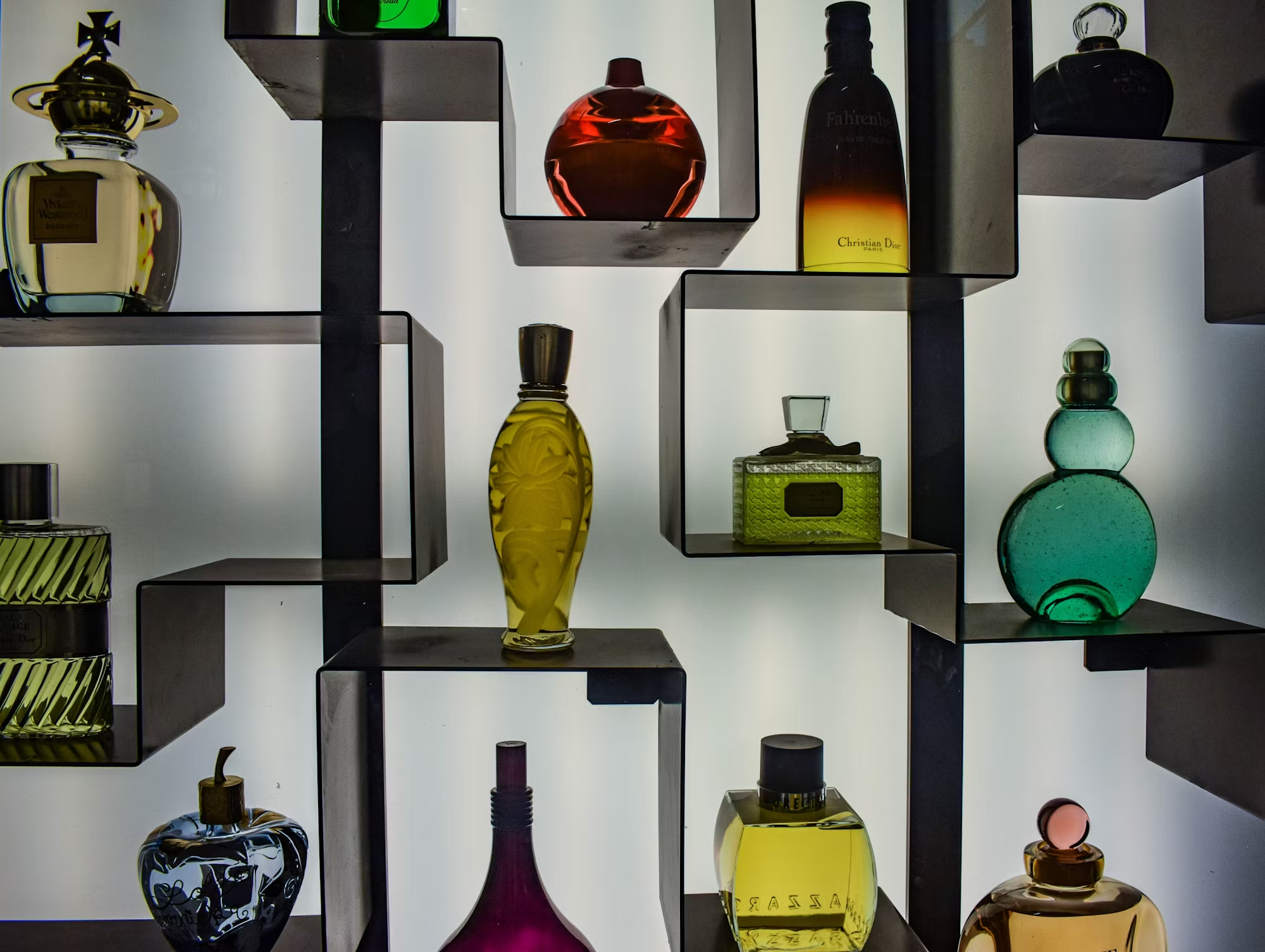Fragrance layering is an art that allows individuals to express their unique style and personality through scent. By combining different perfumes, essential oils, or body products, one can create a custom fragrance that reflects personal preferences and emotions. This practice not only enhances the complexity of the scent but also enables the wearer to curate a signature aroma that evolves throughout the day. In this article, we will explore the fundamentals of fragrance layering, tips for successful combinations, and how to create a signature scent that is entirely your own.\n\n Understanding Fragrance Layering\n\nAt its core, fragrance layering involves applying multiple scents in a way that harmonizes rather than clashes. The concept is simple yet powerful: by blending different fragrances, you can add depth and dimension to your scent profile. This technique has gained popularity among fragrance enthusiasts who seek to stand out in a world saturated with mass-market perfumes.\n\n The Science of Scent\n\nBefore diving into the art of layering, it’s essential to understand the basic components of fragrances. Perfumes are generally composed of three notes: top, middle, and base.\n\n1. Top Notes: These are the initial scents that you perceive upon application, often light and refreshing. Common top notes include citrus fruits like lemon and bergamot, as well as herbs like mint.\n\n2. Middle Notes: Also known as heart notes, these emerge after the top notes fade and make up the core of the fragrance. Floral scents like jasmine, rose, and lily are typical middle notes that add depth and character.\n\n3. Base Notes: These are the foundation of the fragrance, providing richness and longevity. Base notes often include woods, resins, and musky scents, such as sandalwood, amber, or vanilla.\n\n Tips for Successful Fragrance Layering\n\n1. Choose Complementary Scents: When selecting fragrances to layer, opt for scents that complement each other rather than compete. For example, pairing a citrusy top note with a floral middle note can create a harmonious blend that feels refreshing and inviting.\n\n2. Experiment with Concentrations: Consider using different concentrations of fragrance. For instance, you might layer a light eau de toilette with a more intense parfum. This allows you to enjoy the freshness of the lighter scent while benefiting from the longevity of the stronger one.\n\n3. Start Small: When trying out new combinations, start with a light application. A small amount of each fragrance can go a long way, allowing you to gauge how the scents interact without overwhelming your senses.\n\n4. Layer with Body Products: Incorporating scented body products such as lotions, oils, or body washes can enhance your layering experience. For instance, using a vanilla-scented body lotion underneath a floral perfume can create a warm, inviting aroma.\n\n5. Consider the Season: Some fragrances are more suitable for certain seasons. Lighter, fresher scents are often preferred in warmer months, while richer, spicier fragrances are popular in the fall and winter. Tailoring your layering choices to the season can enhance the overall experience.\n\n Creating Your Signature Scent\n\nCrafting a signature scent is a personal journey that reflects your individuality. Here are some steps to guide you in creating a fragrance that is uniquely yours:\n\n1. Identify Your Preferences: Start by noting the fragrances you are naturally drawn to. Are you more inclined toward floral, fruity, woody, or gourmand scents? Understanding your preferences will help you select the right notes for layering.\n\n2. Explore Different Combinations: Once you have identified your preferred fragrance families, experiment with different combinations. For example, you might try layering a fresh citrus fragrance with a warm vanilla scent for a balanced aroma that is both invigorating and comforting.\n\n3. Test on Skin: Always test fragrance combinations on your skin. Body chemistry can alter how a scent develops, and what smells good in the bottle may not translate the same way on your skin. Allow the fragrance to settle for a few hours before making a final judgment.\n\n4. Document Your Discoveries: Keep a fragrance journal to document your layering experiments. Write down the scents you tried, the combinations that worked well, and how they made you feel. This practice not only helps you remember your favorites but also allows you to refine your signature scent over time.\n\n5. Be True to Yourself: Ultimately, your signature scent should resonate with your personality and evoke positive feelings. Don’t be afraid to break the rules and create combinations that might seem unconventional. Fragrance is about self-expression, and your scent should reflect who you are.\n\n The Joy of Sharing Your Signature Scent\n\nOnce you’ve crafted your unique fragrance, consider sharing it with others. A signature scent can become a conversation starter and a way to connect with people. You might even inspire friends or loved ones to embark on their fragrance layering journeys.\n\nAdditionally, many fragrance enthusiasts enjoy gifting their layered scents to others. Creating a personalized fragrance for someone special can be a thoughtful gesture that shows you care.\n\n Conclusion: The Endless Possibilities of Fragrance Layering\n\nFragrance layering is a delightful way to explore the world of scent while expressing your individuality. By understanding the basics of fragrance composition and following a few simple tips, you can create a signature scent that evolves with you throughout the day. As you embark on this fragrant journey, remember to enjoy the process of discovery and embrace the endless possibilities that layering offers. Whether you prefer a light and airy aroma or a rich and complex scent, the art of fragrance layering invites you to express yourself in a truly unique way. Embrace your creativity and let your scent tell your story.
